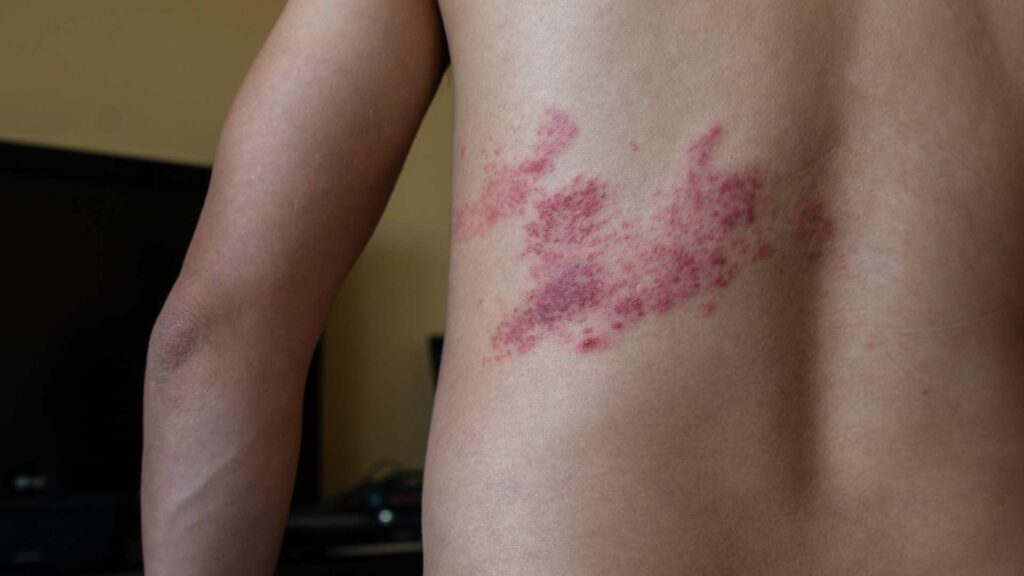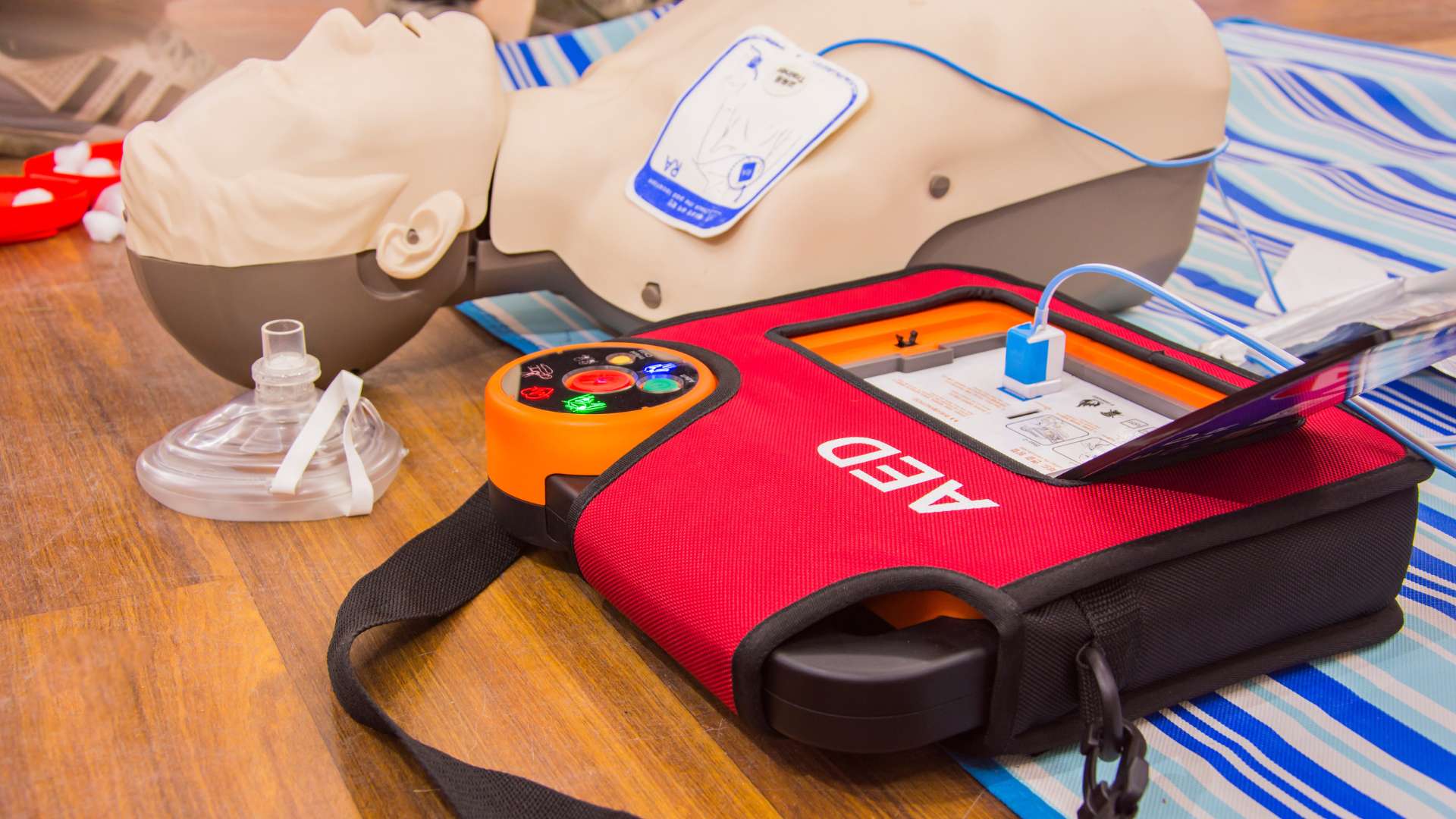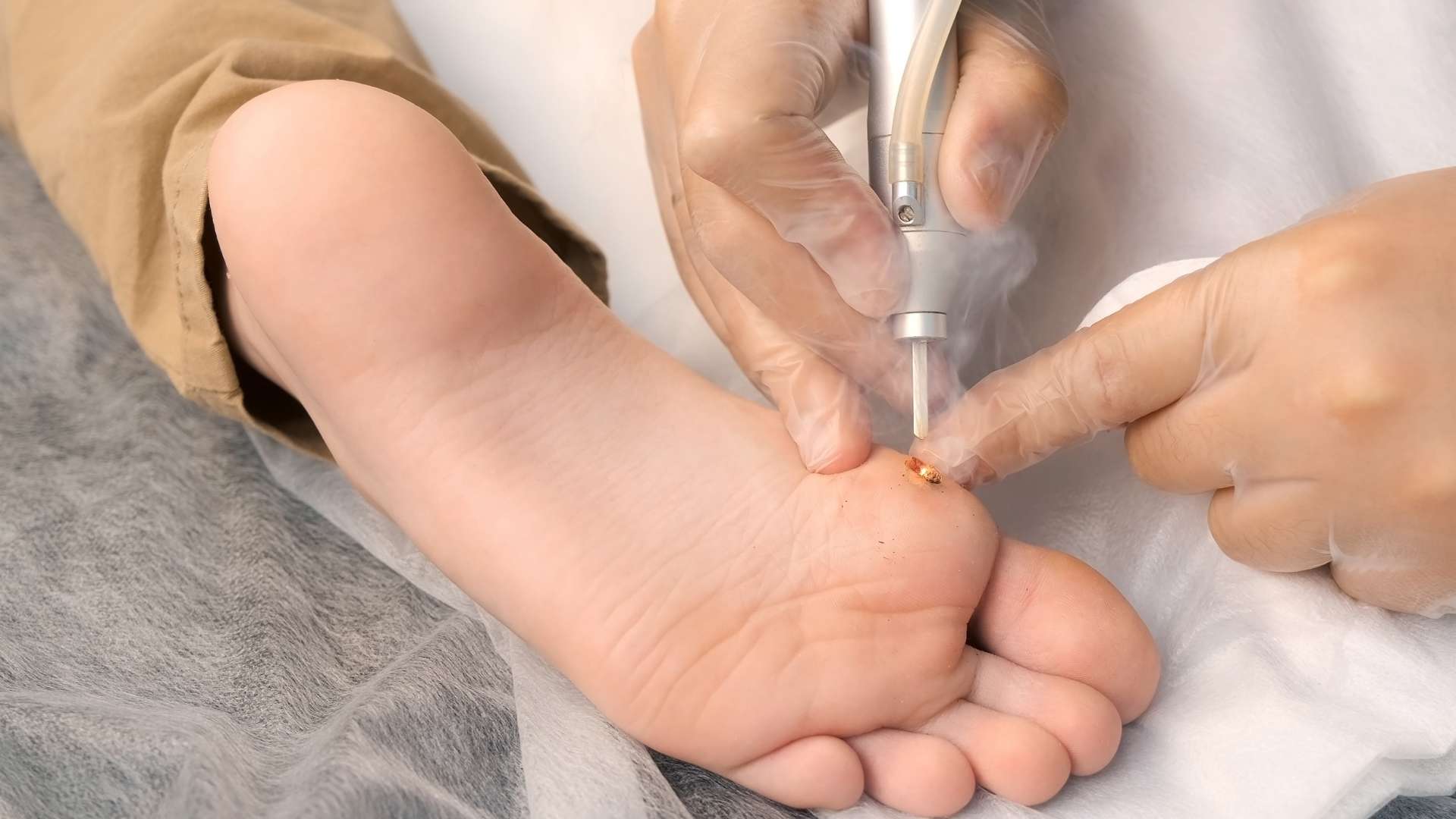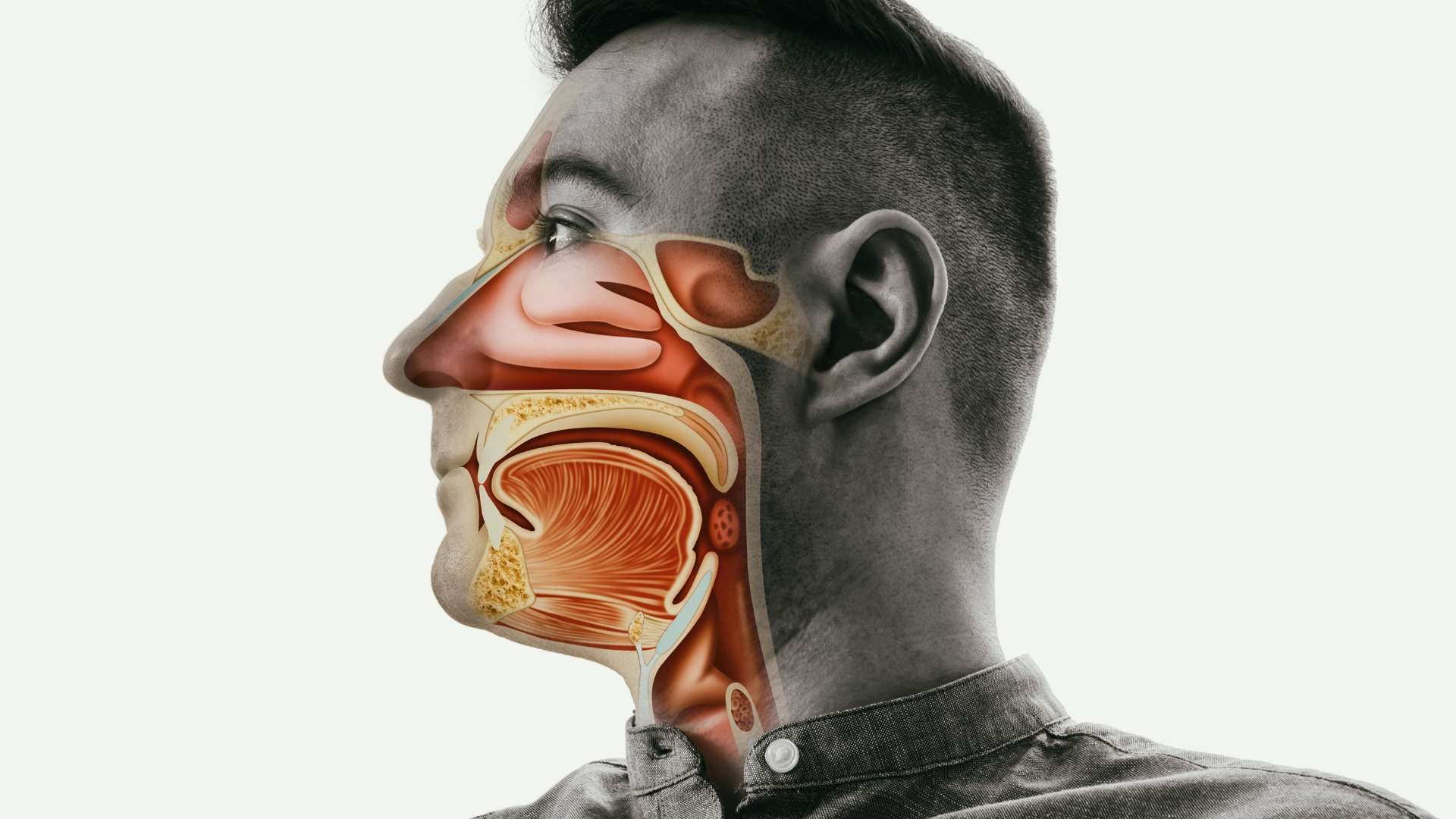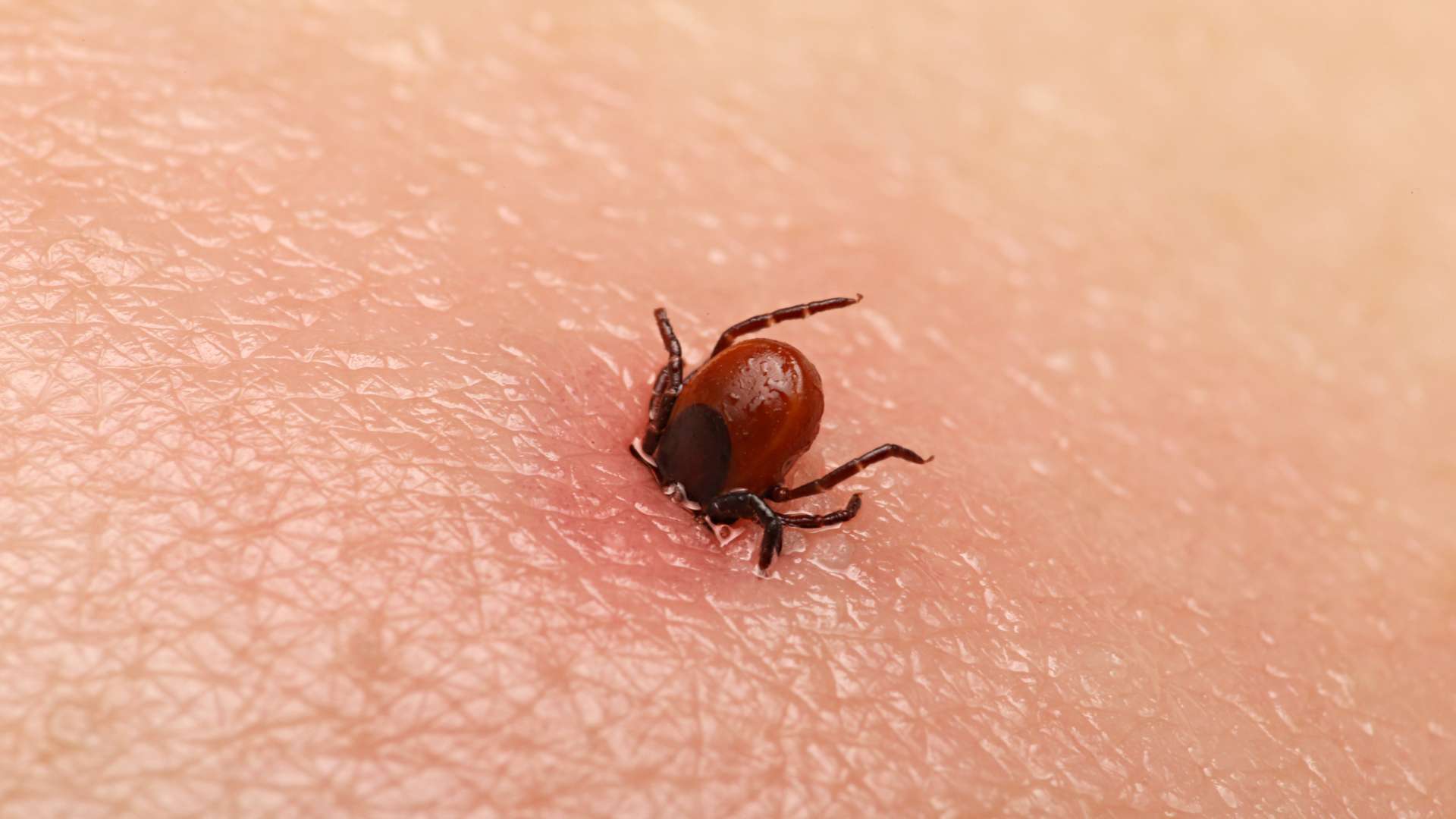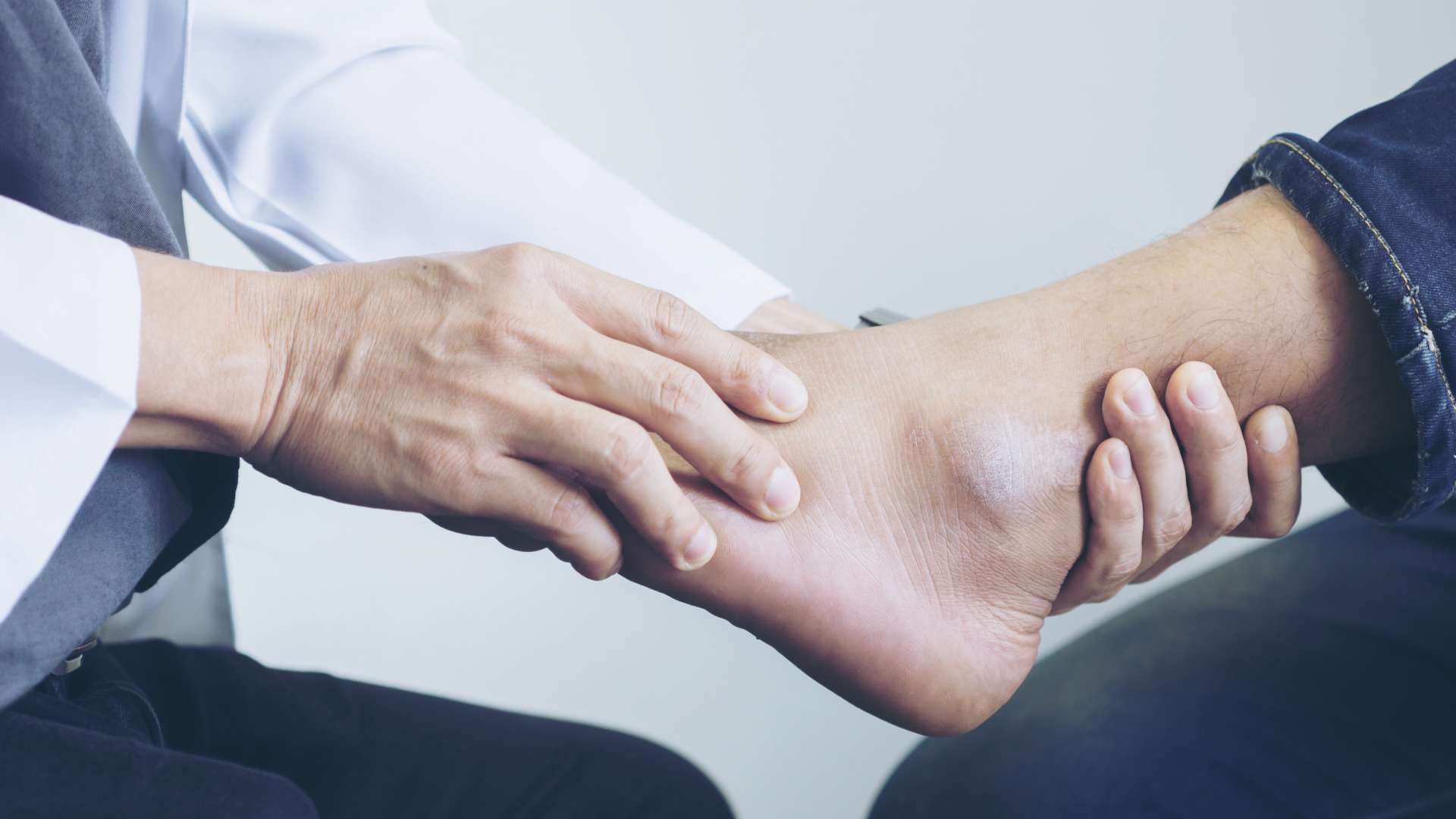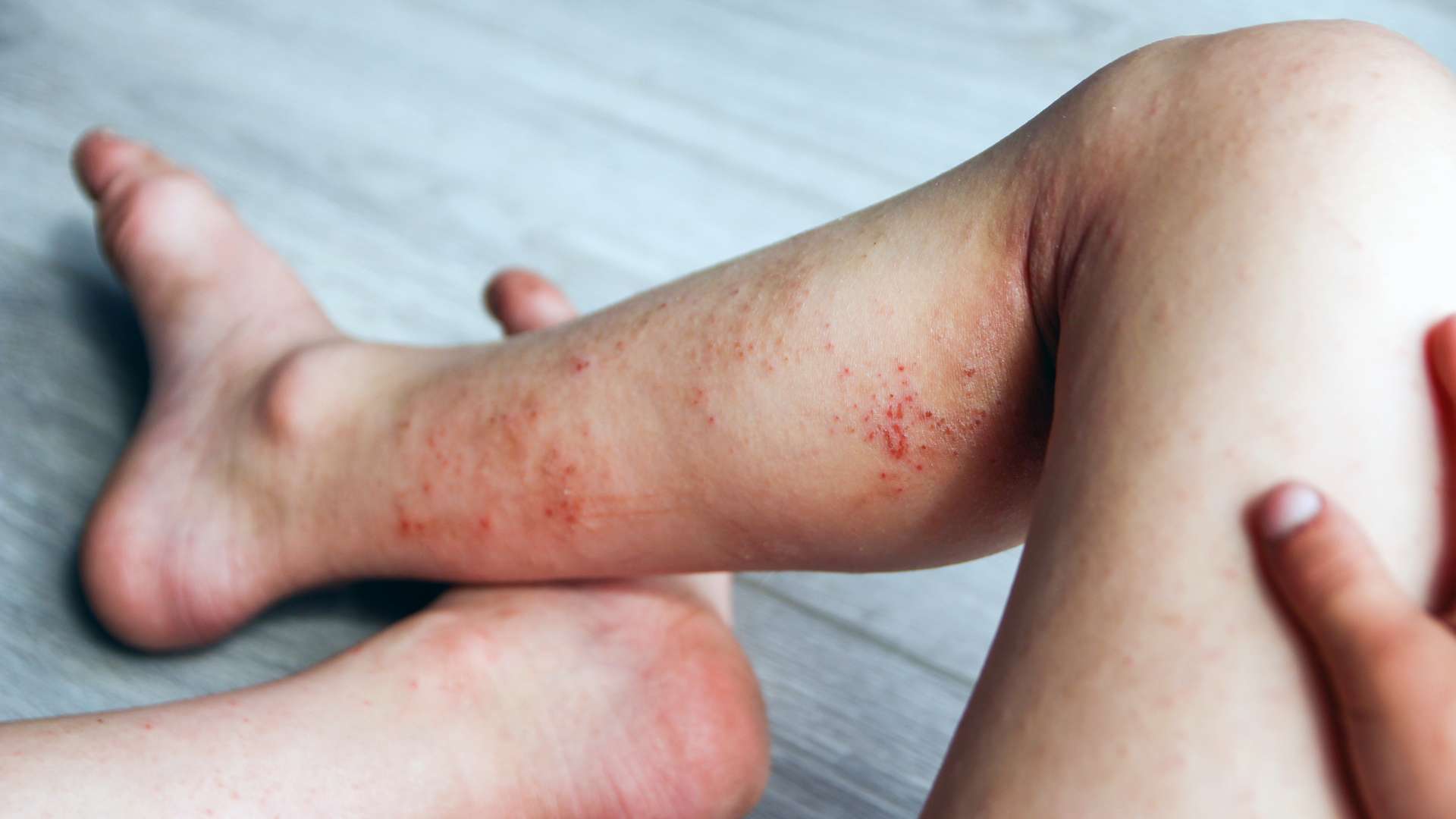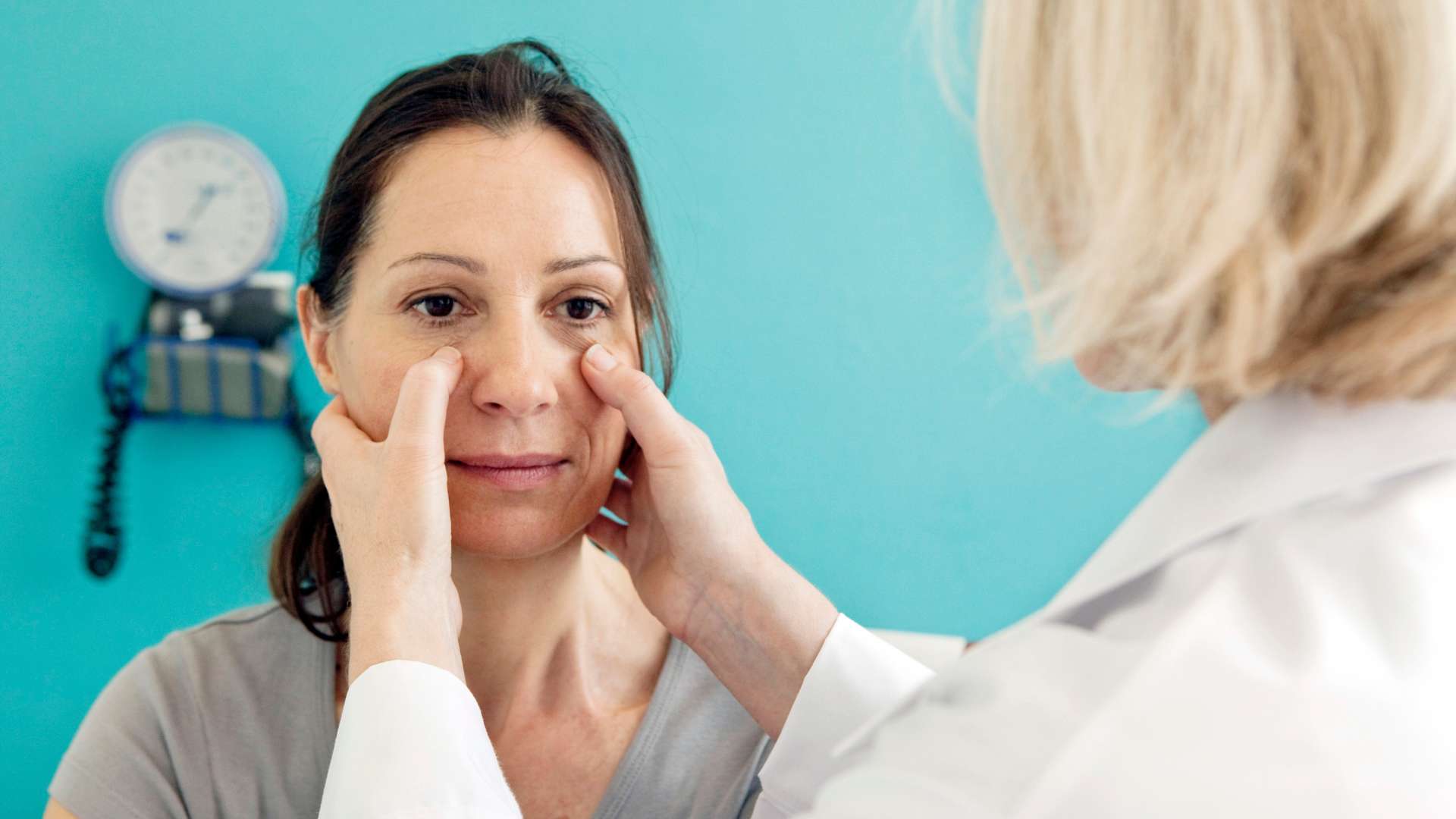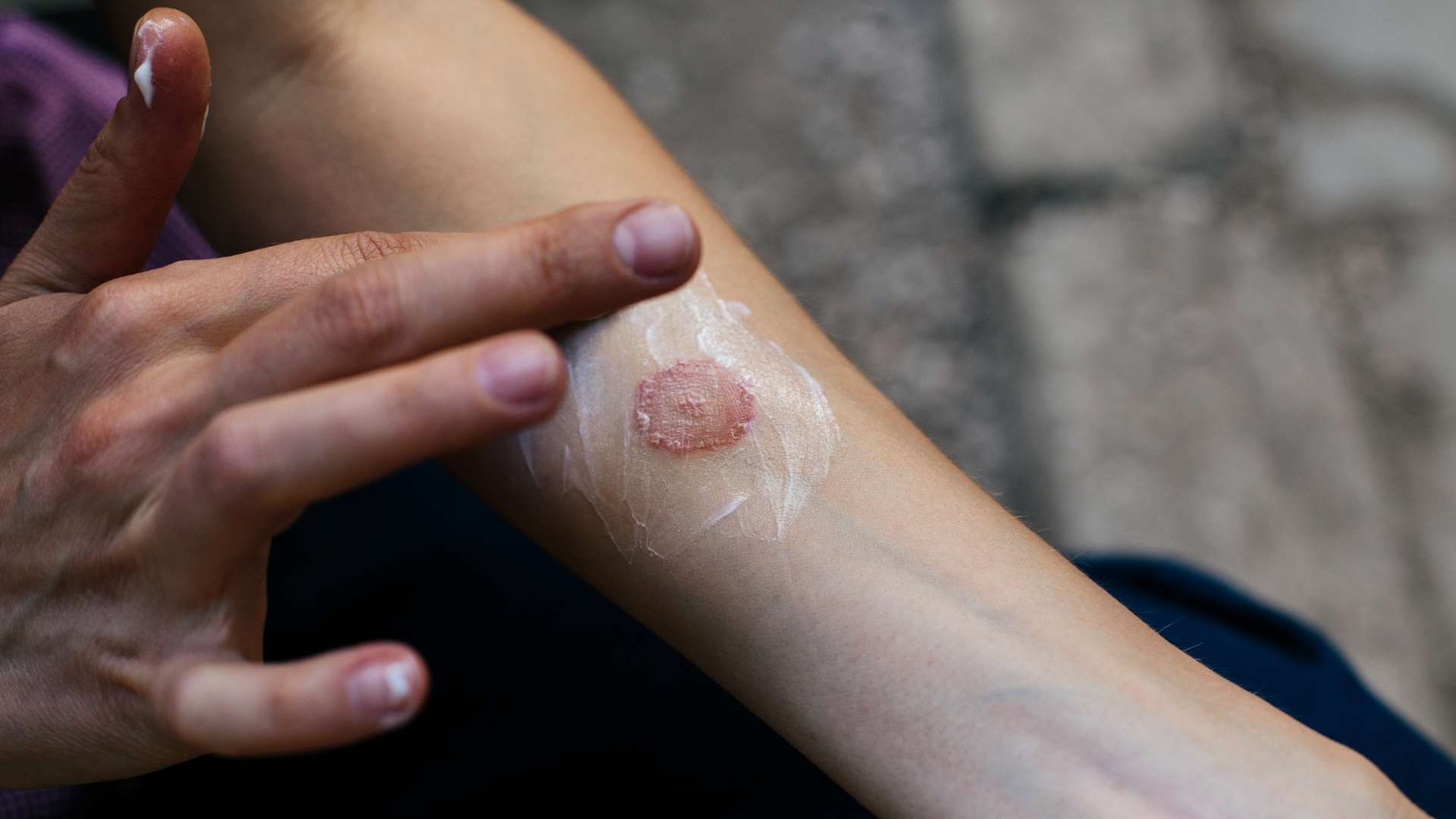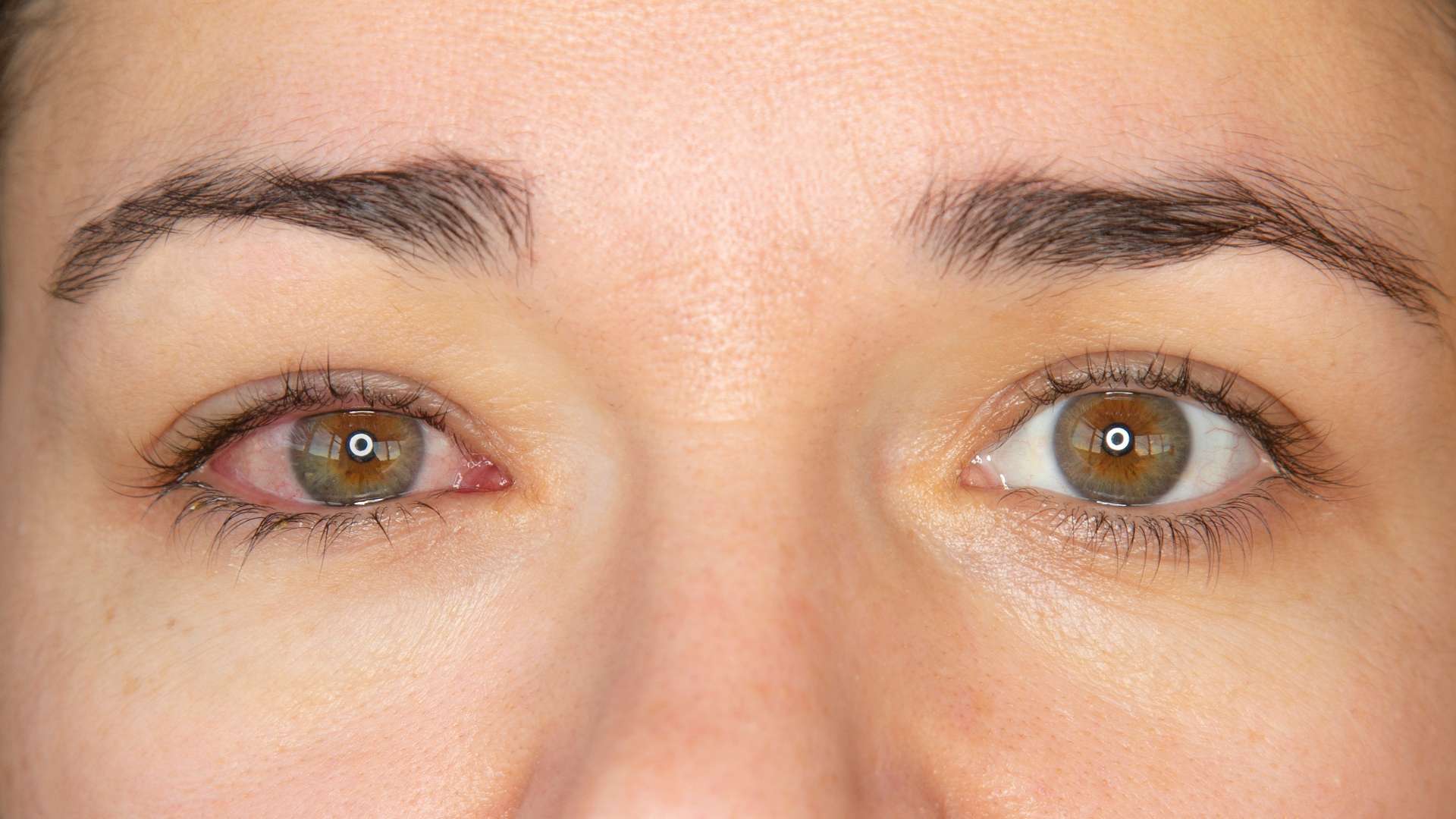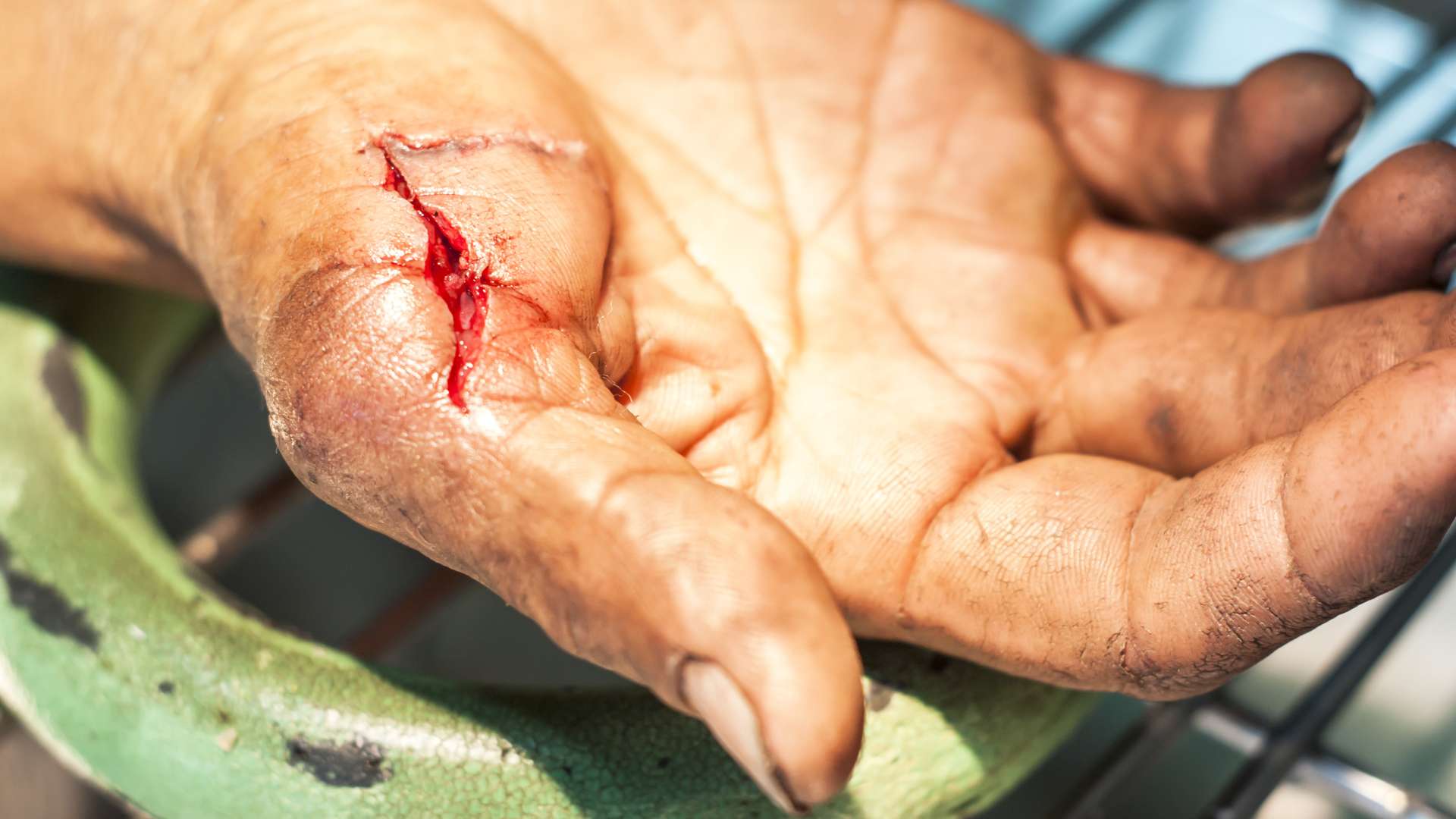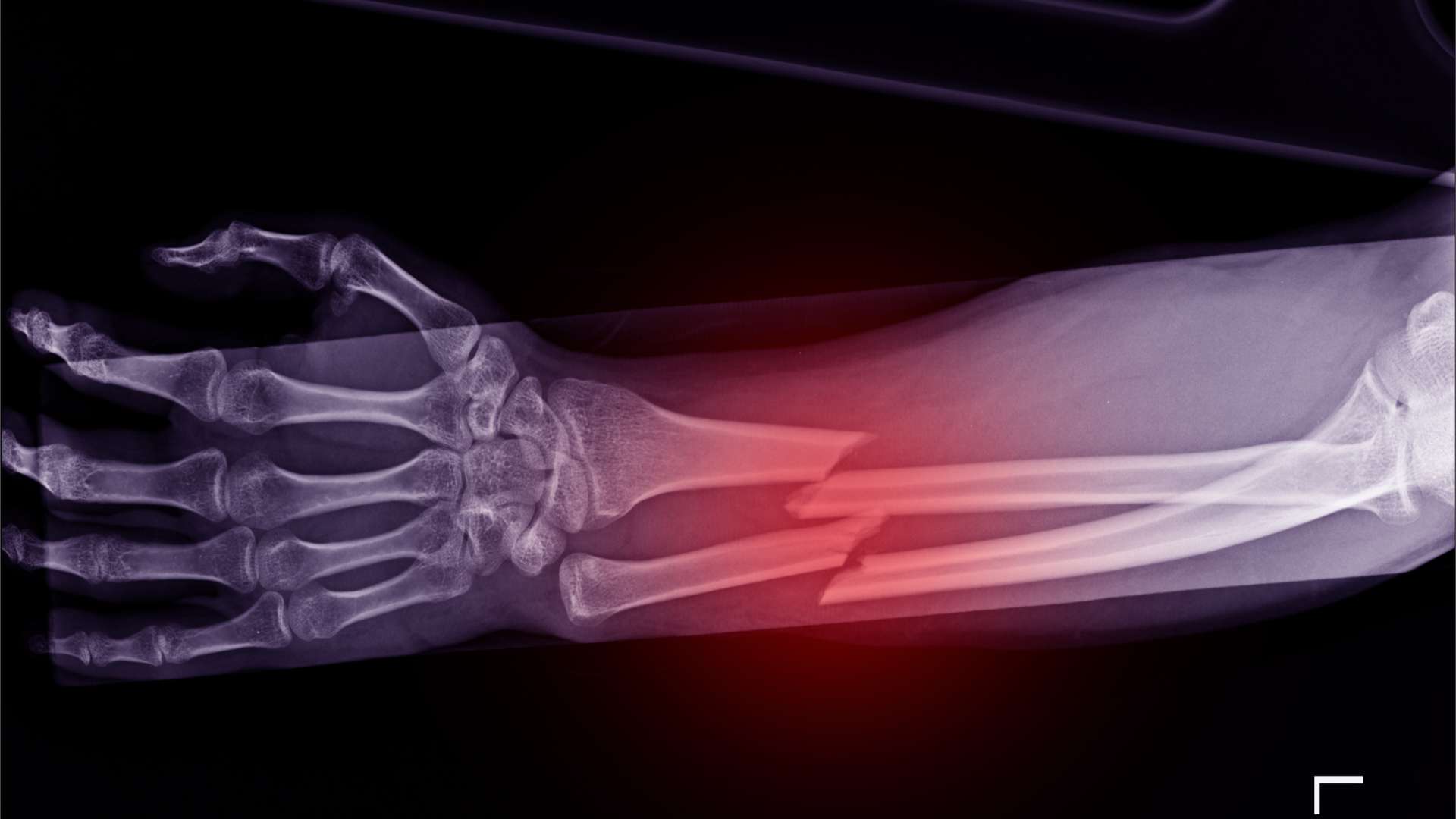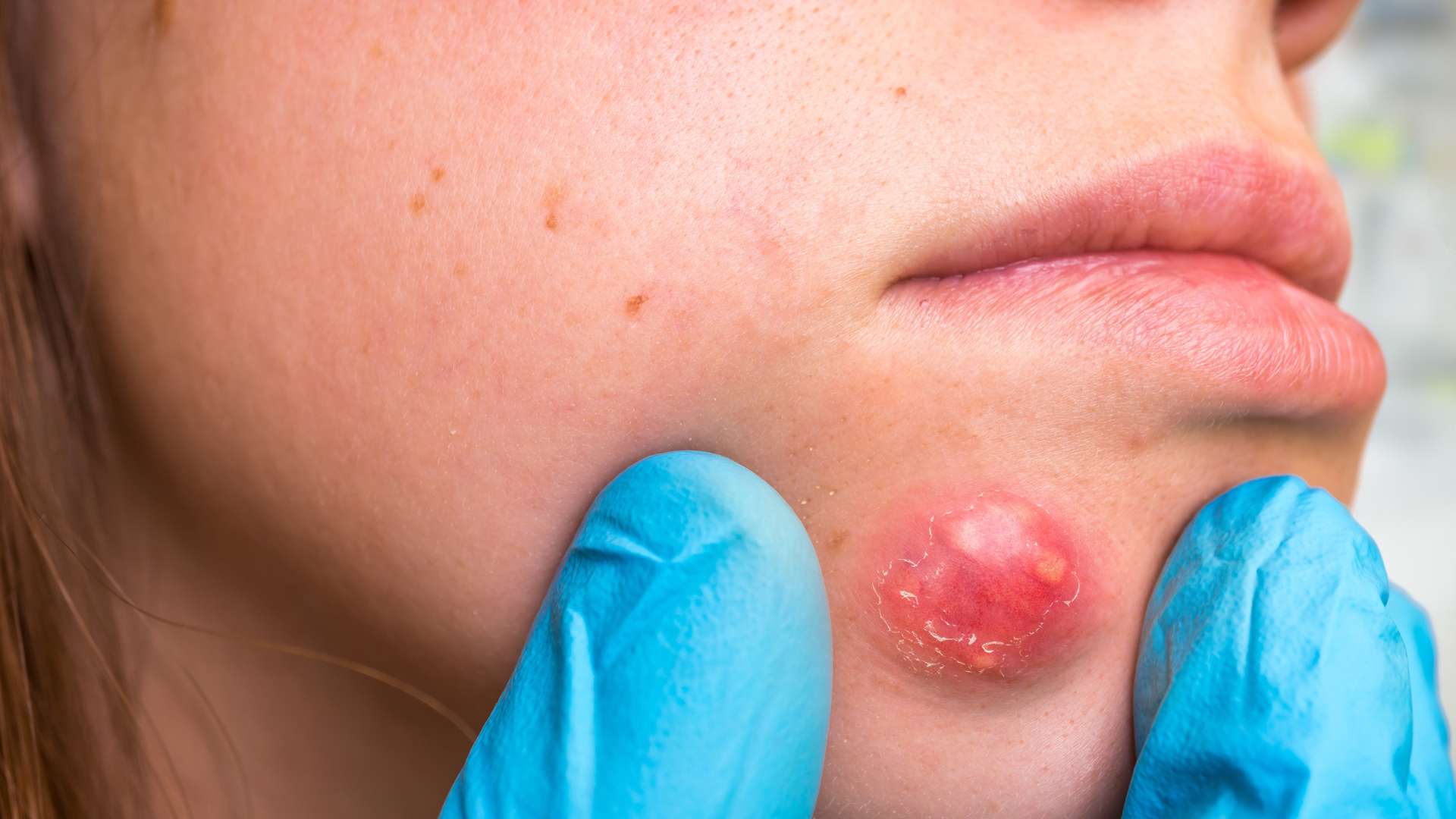Our comprehensive guide delves into Shingles, its underlying causes, symptoms, and potential impact on workers in diverse occupational fields.
What is it?
Shingles, also known as Herpes Zoster, is a viral infection caused by the varicella-zoster virus, which is responsible for chickenpox. After a person recovers from chickenpox, the virus remains dormant in nerve tissue and may reactivate later in life, causing Shingles. The infection results in a painful, blistering rash that typically appears on one side of the body.
Other Illnesses or Ailments
Other potential complications include:
Postherpetic Neuralgia: A condition where the pain from the rash persists even after the rash has healed.
Eye Complications: Shingles affecting the eye can lead to vision impairment or, in severe cases, blindness.
Contracting Shingles in Occupational Fields
Workers in various occupational fields can contract it due to factors such as:
Healthcare and First Responders: Frequent exposure to individuals with infectious diseases may increase the risk.
Stressful Work Environments: High-stress occupations can potentially weaken the immune system, making individuals more susceptible to Shingles.
Alleviating Symptoms and Discomfort
The following steps can alleviate symptoms until a medical professional can diagnose the discomfort:
Keep the Rash Clean: Gently wash the affected area with mild soap and water to prevent secondary infections.
Pain Management: Over-the-counter pain relievers or prescribed antiviral medications may help manage pain and speed up recovery.
Prevention through Training and Education
Proper training and education are essential in preventing Shingles in the workplace. Occupational Health Services can provide employees with information on maintaining a healthy immune system, managing stress, and recognizing symptoms.
Frequently Asked Questions about Shingles
1. Can Shingles be transmitted to others?
Shingles cannot be transmitted directly to others, but individuals with active Shingles can spread the varicella-zoster virus to those without chickenpox, leading to chickenpox infection.
2. Can I get Shingles if I’ve had the chickenpox vaccine?
While the chickenpox vaccine reduces the risk of chickenpox, it does not eliminate the possibility of developing Shingles later in life.
3. How long does Shingles last?
Shingles typically last 2 to 4 weeks, but pain may sometimes persist for months.
4. Can Shingles be prevented with vaccines?
Yes, a Shingles vaccine is available and recommended for individuals aged 50 and older to reduce the risk and severity of Shingles.
At Occupational Health Services, we are committed to empowering your workforce with the knowledge and resources to prevent Shingles and promote overall wellness. Contact us today to request an appointment and learn how our comprehensive healthcare services and resources can support your employees’ well-being.

